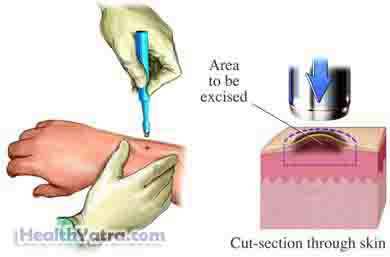Xanthelasma and Xanthoma for Skin
Xanthoma is a condition in which fatty deposits form beneath the skin. They can be more than three inches in size or very small. Xanthomas are not painful or dangerous, but can be cosmetically disfiguring. Xanthomas may appear anywhere on the body, but are most frequently found on the elbows, joints, tendons, knees, hands, feet, and buttocks.
Xanthelasma is a form of xanthoma that appears on the eyelids.
Causes
Xanthoma is typically caused by:
- Elevated levels of lipids (fats) in the blood
- Metabolic disorders including:
- Diabetes
- Primary biliary cirrhosis
- Some cancers
- Inherited metabolic disorders like familial hypercholesterolemia (high levels of cholesterol in the blood)
Although xantlelasma may be associated with high triglyceride and cholesterol levels it can occur without cholesterol problems.
Risk Factors
A risk factor is something that increases your chance of getting a disease or condition.
The following factors increase your chance of developing xanthoma:
- Having a metabolic disorder listed above
- Having extremely high cholesterol and/or triglyceride levels
- Aging
Symptoms
The most common symptoms of xanthoma are:
- Bumps under the skin
- Skin lesions that are:
- Many different shapes
- Yellow to orange
- Have well-defined borders
Diagnosis
Xanthoma is usually diagnosed by examining the skin growths, but a biopsy of the tissue will confirm a fatty deposit.

A blood lipid profile and other tests may be done to determine the underlying condition responsible for the appearance of xanthomas.
Treatment
Treating xanthoma consists of treating and controlling the underlying health conditions that cause the fatty deposits to develop. Better control of the metabolic disorders that can lead to xanthoma can reduce their occurrence.
Xanthomas may be tender, itchy, and painful. Xanthomas can recur after treatment.
Other treatment options for xanthomas include:
Surgery
Surgery may be used to remove the fatty deposits. However, even after a xanthoma is surgically removed, it can recur.
Laser
Laser surgery with CO2 laser, pulse-dye laser, or Erbium-YAG laser can be performed.
Chemical
Treatment with trichloroacetic acid may also be used to treat xanthomas.
Prevention
To help reduce your chances of getting xanthoma, take the following steps:
- Keep blood lipids and cholesterol at a healthy level
- Keep metabolic disorders well-controlled
